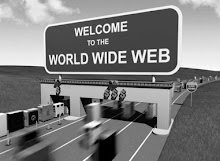Around 43 per cent of people with internet access have online ‘friends’ they have never met in real life (Kaspersky Lab, 2011).
Although the Internet is a great way to interact socially with friends and family and is also a great educational tool, it has opened up a whole new world, allowing information and connections to be sourced in ways unimaginable a few years ago. However the Internet can be a dangerous place. Parents and teachers are often unaware of online dangers and it is important for them to find out what the most significant online dangers are and how to deal with them.
Some of the significant online dangers include:
Cyber bullying: This includes threats, insults and other malicious behaviour that is spread across the Internet by email/instant messaging/social networking sites such as Facebook and twitter.
Inappropriate content: This varies depending on age/network/parents etc, however inappropriate content tends to refer to sites that contain unsuitable content for children This can refer to pornography, gun sites, drug taking etc.
Data Theft: Children my unknowingly have personal information displayed about themselves and their family, making it easier for online predators to access information about them.
Predators: This is probably the most worrying and is the most talked about online danger. Predators typically pretend to be a young person and befriend another young person through the Internet and then gather personal information about them.
Whilst many children are more than capable of using computer and Internet technology, they don’t always understand the online dangers that are around and the implications that they can have. Therefore children who are online users should be warned about this for their own personal safety and to put parents and teachers minds a bit more at ease.
